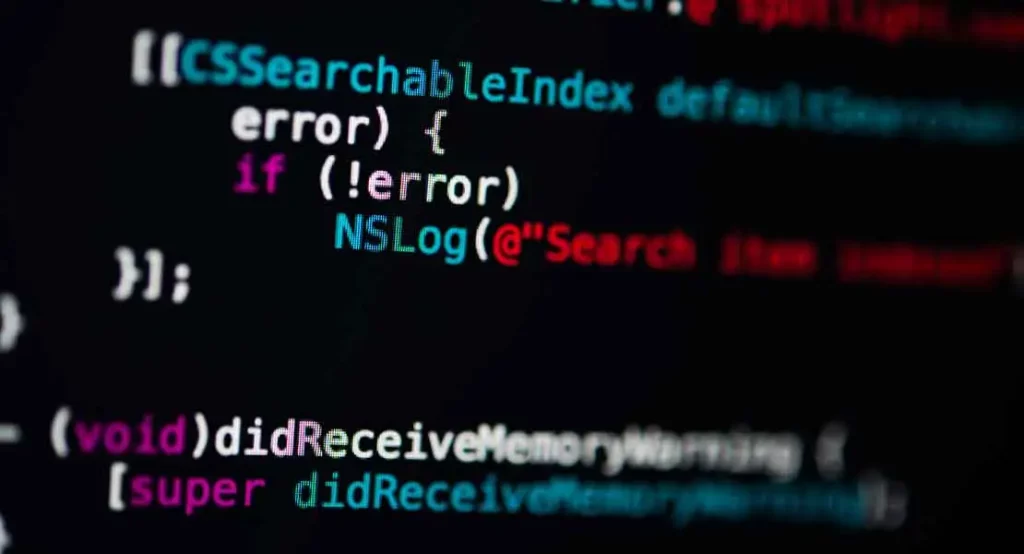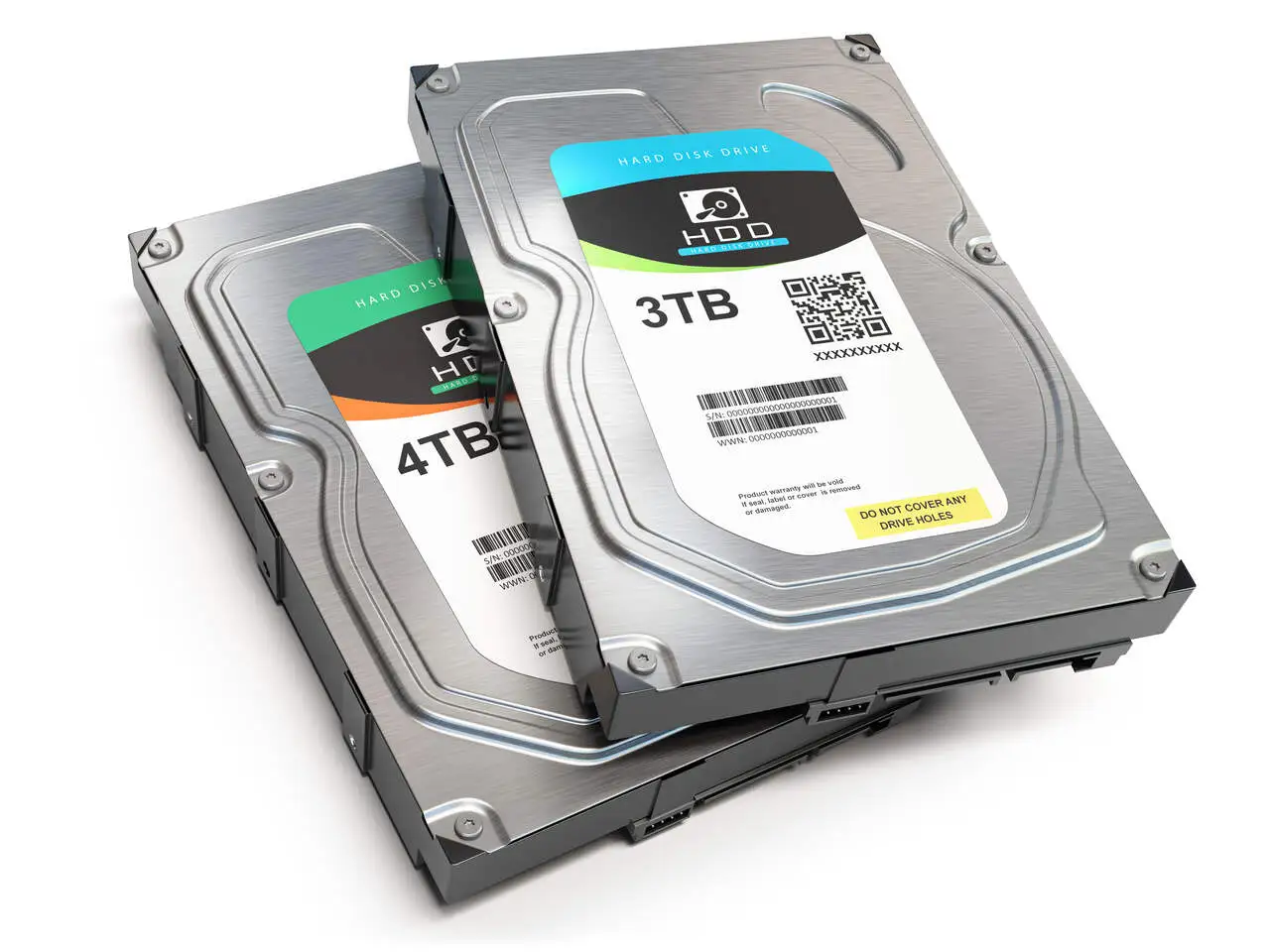Removing ransomware from an infected system requires in-depth knowledge of both the ransomware and the device and files that have been encrypted. Before discussing how to remove ransomware, it is necessary to understand the complexity of this malware and how it works.
Ransomware has been developed with a very well-established objective: to encrypt files, that is its basic purpose. The groups invade the victim’s system and encrypt all the stored files, after which they charge a ransom so that the victim has access to their data again.
All of this is just an overview of how the attack and data encryption take place, let’s look in more detail and understand how to remove ransomware from the system.
How does ransomware invade a system?
Hackers use countless strategies to gain access to the victim’s system. The big challenge is not just gaining access, but gaining access in a hidden way, so that the ransomware is not identified by the system – this is the most important step. Encrypting data is a delicate and time-consuming process, which is why hiding the malware is essential. The aim is always to encrypt as many files as possible and the most important ones.
The main targets of the ransomware are:
- Office documents: Microsoft Word, Excel and PowerPoint files are often targeted, as they contain crucial information for companies and individuals.
- Databases: Databases are valuable targets as they can contain sensitive information such as customer data, financial records and commercial information.
- Image and Video Files: Personal photos and videos are often targeted, as they have significant emotional value for users. In the case of companies, media files can contain important data for marketing and design operations.
- Audio Files: Voice recordings and audio files can be targeted, especially if they contain confidential information or important data for organizations.
- Backup files: Ransomware often searches for and encrypts backups, discouraging easy data restoration. This highlights the importance of keeping secure and isolated backups.
- System and Configuration Files: Certain ransomware can target essential operating system files and settings to increase the effectiveness of the attack and make recovery more difficult.
- Application Files: Executable files, libraries and other application components can be targeted to impair the normal functioning of systems.
- Text and Log Files: Text files, logs and log files can be targeted to limit an organization’s ability to track ransomware activities or to cause disruptions in security monitoring processes.
- Server Configuration Files: In attacks targeting companies, the configuration files of critical servers and applications can be targeted to destabilize operations.

Before starting encryption, the ransomware maps the entire system, after which encryption begins. For this reason, the invasion strategy is important, the ransomware needs to invade and hide in the operating system. The main invasion strategies are:
- Phishing and Social Engineering – Phishing remains a popular technique among ransomware groups. They send fraudulent emails, often disguised as legitimate messages, inducing recipients to click on malicious links or download contaminated attachments. Social engineering is often employed to manipulate victims and gain unauthorized access.
- Exploiting vulnerabilities – Ransomware groups often take advantage of vulnerabilities in operating systems, software and services. They exploit known security flaws that have not yet been patched, which highlights the importance of regularly applying updates and patches.
- Brute force attacks – To compromise access credentials, some groups carry out brute force attacks, in which they try various combinations of usernames and passwords until they find the right one. This highlights the importance of using strong passwords and multi-factor authentication.
- Ransomware as a Service (RaaS) – Some groups offer ransomware as a service, allowing other less skilled cybercriminals to conduct attacks. This amplifies the threat by allowing individuals with less technical knowledge to participate in criminal activities.
- Infiltration via Compromised Legitimate Software – Ransomware groups often gain initial access via legitimate software that has been compromised. This can include exploits in widely used applications or the use of legitimate tools to move laterally within a network.
- Attacks on RDP (Remote Desktop Protocol) servers – Some groups exploit inadequate RDP protocol settings to gain unauthorized remote access to systems. This highlights the importance of correctly configuring security options in remote services.
- Supply Chain – Ransomware groups have also exploited vulnerabilities in the supply chain, targeting companies through their partners, suppliers or third parties connected to their network. This can include compromising software used in business processes.
Faced with this diversity of techniques, it is crucial that organizations implement comprehensive cybersecurity measures, including regular updates, awareness training for users, robust password policies and advanced security solutions to protect against ransomware threats.
How to remove ransomware?
Perhaps “remove ransomware” is not the right way to deal with ransomware, because it can be removed, but the files will remain encrypted. Removal can be done by formatting the system, but this will also remove the data. The best option is to decrypt the encrypted files and then format the environment.
Ransomware removal must be carried out by a specialized company with the necessary technical expertise. Digital Recovery has both, has been operating in the data recovery market for over 25 years and has extensive knowledge of the encryption of the main ransomware groups.
See the ransomware groups we can decrypt:
- Remove LockBit 3.0 ransomware
- Remove LockBit 2.0 ransomware
- Remove ALPHV BlackCat ransomware
- Remove Play ransomware
- Remove 8base ransomware
- Remove Akira ransomware
- Remove Ech0raix ransomware
- Remove NoEscape ransomware
- Remove Lockean ransomware
- Remove LV ransomware
- Remove Medusa ransomware
- Remove Stop Djvu ransomware
- Remove DeadBolt ransomware
- Remove Nokoyawa ransomware
- Remove ThreeAM ransomware
- Remove Hunters ransomware
- Remove .0xxx ransomware
- Remove .faust ransomware
- Remove Qilin ransomware
- Remove Mallox ransomware
- Remove Phobos ransomware
- Remove Ragnar Locker ransomware
- Remove other ransomware
If the ransomware you want to remove is not on this list, contact our experts. Our solutions can decrypt the vast majority of ransomware extensions on the main storage devices, such as: HD, SSD, RAID systems, Storages (NAS, DAS, SAN), databases, servers, virtual machines, among others.



